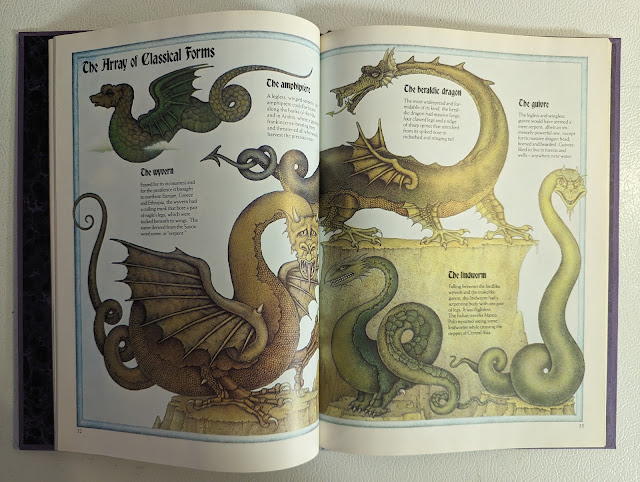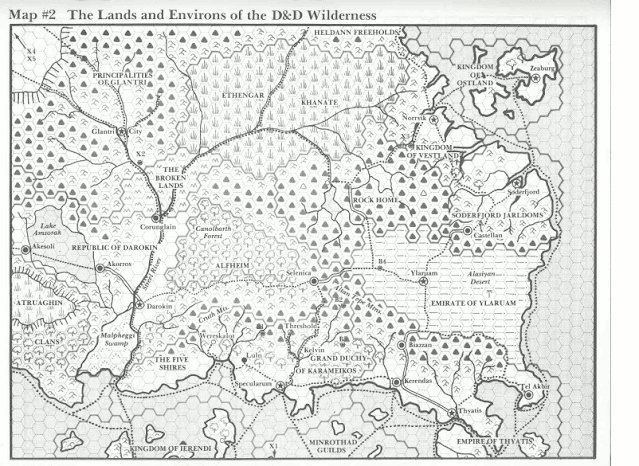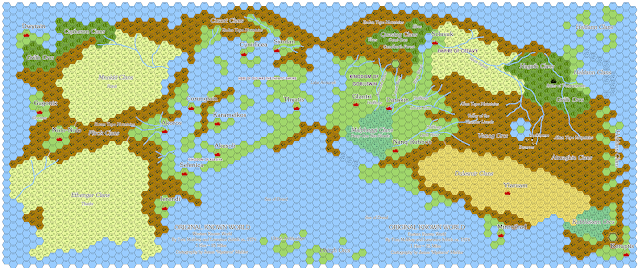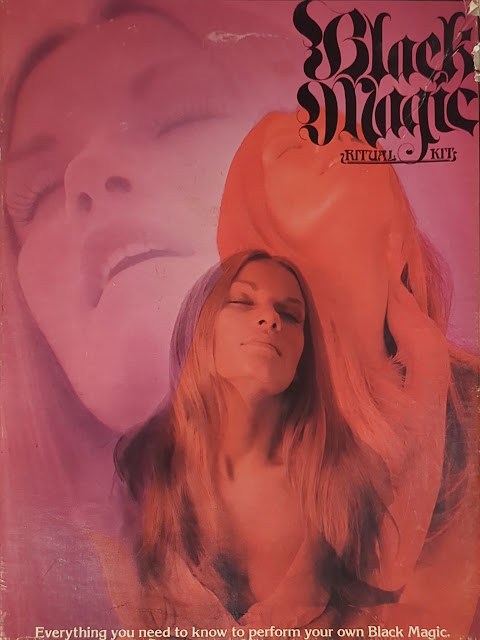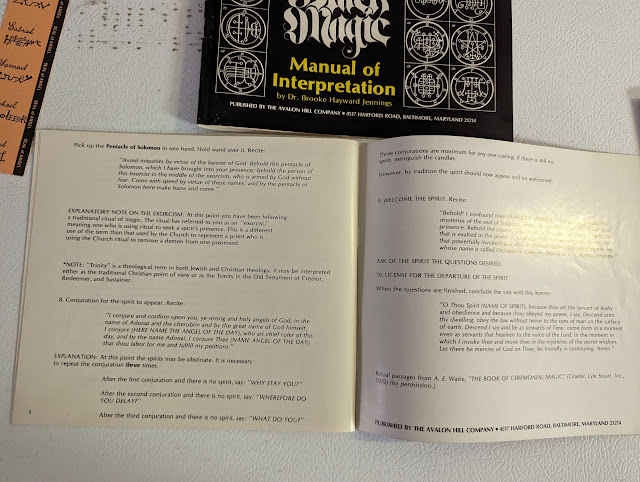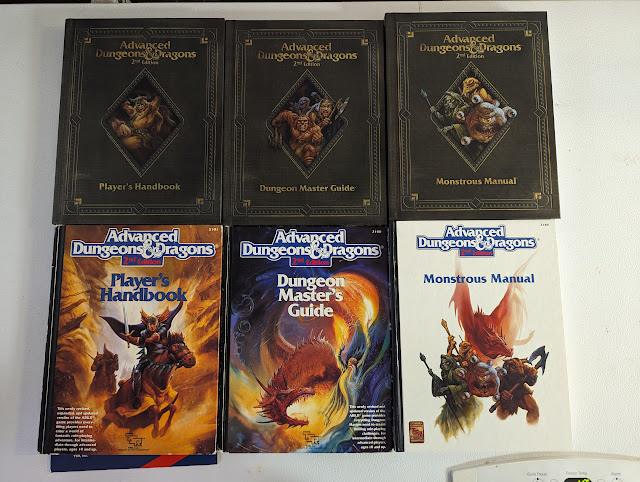This is also the second book in the series, after Wizards and Witches.
Dragons
by Editors of Time-LIFE Books, 1984 (144 pages)
ISBN 0809452081, 080945209X (US Editions)
While I have mentioned the Eurocentrism of the other volumes, this one does a good job of presenting both European and Eastern dragons. It also has a bit of others from around the world.
Chapter One: Chaos Incarnate
This covers the early tales of dragons, not just in medieval European myth but also the ancient tales of dragons like Apep, Tiamat, and the various monsters of Ancient Greece. One of the things this chapter hits home is the dragon as a force of chaos and nature. In the case of many, like Tiamat, the dragon is a destructive force. This is one (of the many) reasons why I always have Tiamat in my game as Chaotic Evil rather than Lawful Evil. Tiamat is even called the "Enemy of Order" and her myths are referred too as Chaoskampf.
We hear tales of the Midgard Serpent and the dragon Nidhoggr, which gnaws on the roots of the World Tree. These are not the dragons for mortals to deal with, but the domain of the gods. There were heroes that fought these creatures, but they were often demi-gods themselves. Like the tale of Cadmus who fought a dragon and built the city of Thebes where the dragon had once ruled. The dragon was cast into the sky to become the constellation Draco.
We even get some Indian myths of Sesha, also known as Ananta the Endless, a multiheaded serpent that wrapped around the world.
This chapter also has a wonderful Field Guide to Dragons. A visual guide to help you tell the differences between the amphiptère, the wyvern, the heraldic dragon, the lindworm or lindorm, and the snake-like guiver. It also has some habitats.
Chapter Two: Glittering Gods of the East
This chapter takes us East, mostly to China and Japan, where dragons had a very different role. They were spirits of the weather, air, and water. They were considered divine and had a place in a very ordered universe. Though not all were benevolent. They were still prideful creatures and could be offended. So offerings were made for rain, or even to keep destruction at bay.
In any part of the world, an angry dragon was terrible to behold.
We learn that these dragons fly not due to their wings, but the magic crests on their foreheads and many are the descendants to water snakes. Or maybe there are water snakes that are in fact baby dragons.
These dragons are incredibly long-lived. It spends 1,000 years in its snake form, where it will grow feet and an elongated head with a beard. After 500 years in this form, it will grow antlers. After 3,000 years, it will reach its final form with a branch-like protrusions from its body. The oldest dragon is the Dragon King and it is 1000-feet long.
Chapter Three: The Serpent Ascendant
As with many of these books, there is a chapter that focuses on the Medieval era, which is where we get many of the tales we know today. This is that chapter.
Since our focus is mostly on Medieval Europe, we often link the Dragon to the Devil. This is in keeping with the notion held in Medieval times that the dragon was the bringer of disease, famine, and ruin. This chapter also has a great map of Europe showing where various dragons were spotted and when.
The section on Maidens and Dragons is great and discusses the complex relationship women and dragons had in these tales. There is the sorceress Marina and her pet dragon, the French Le Succubé (The Succubus) who rode a dragon, and the many maidens kidnapped by dragons. There is even the tale of Margaret of Bamburgh who was transformed into a dragon.
We even get a tale of the Tarasque who could not stand up to a Saint and her faith.
Chapter Four: Rise of the Dragonslayer
It is St. George's day today, so only fitting we open up with the tale of St. George in this chapter. Maybe to most storied dragon slayer after Sigurd, who we also talk about later on in this chapter.
We get a nice mix of dragon slayers from all over Europe and some of Asia. All usually have to deal with how pure and virtuous the would-be slayer needs to be. Often their reward was a maiden of equal purity and virtue.
Even though this book is the same size as the others, it feels like a lot more is packed into it.
While many of these tales are known to us all (and that is the point) there are enough details here to still educate and entertain. This one is certainly a must read for any Fantasy RPG and in particular Dungeons & Dragons. I also see a lot of value here for players of more "serious" medieval fantasy games like Pendragon or Chivalry & Sorcerer. Even Dark Age Mage players can benefit.
Next time: We celebrate Walpurgis Night!



